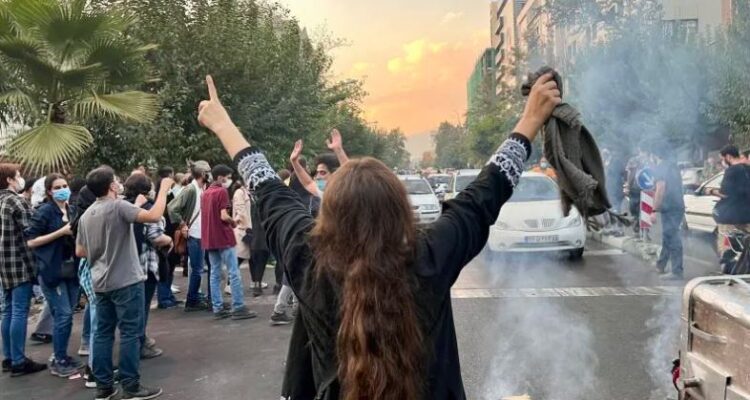The murder of 22-year-old Kurdish woman Mahsa Amini at the hands of Iran’s morality police last September sparked the largest revolt in Iran since the 1979 revolution. What began as a protest in Gina Mahsa Amini’s home town of Saqqez soon developed into a nationwide revolt against the Iranian state. Over the course of six months, hundreds of thousands of students, workers, the young and the old, took to the streets with the battle cry “Jin, Jiyan, Azadi!” (Women, life, freedom).
On the eve of the first anniversary of the rebellion, it’s important to reflect on one of the most inspiring struggles of this century. It stands as a testament to the potential of radical movements to challenge exploitation and oppression. It demonstrates how struggle raises the confidence and consciousness of the oppressed. Most importantly, it points us to the potential power of the working class to win a world without oppression.
Women played a leading role in the uprising. They were the first to protest—at Amini’s funeral in Saqqez—waving their headscarves in their hands as they chanted “Death to the dictator!”. Schoolgirls bravely challenged principals who refused to support the protests, in some instances chasing them off school grounds while chanting “bi sharaf!” (disgrace!).
Ethnic minorities organised the largest and most militant demonstrations. In the province of Sistan and Baluchestan, weekly rallies of thousands continue to this day, despite fierce state repression.
Read the article by Bella Beiraghi in Red Flag.

